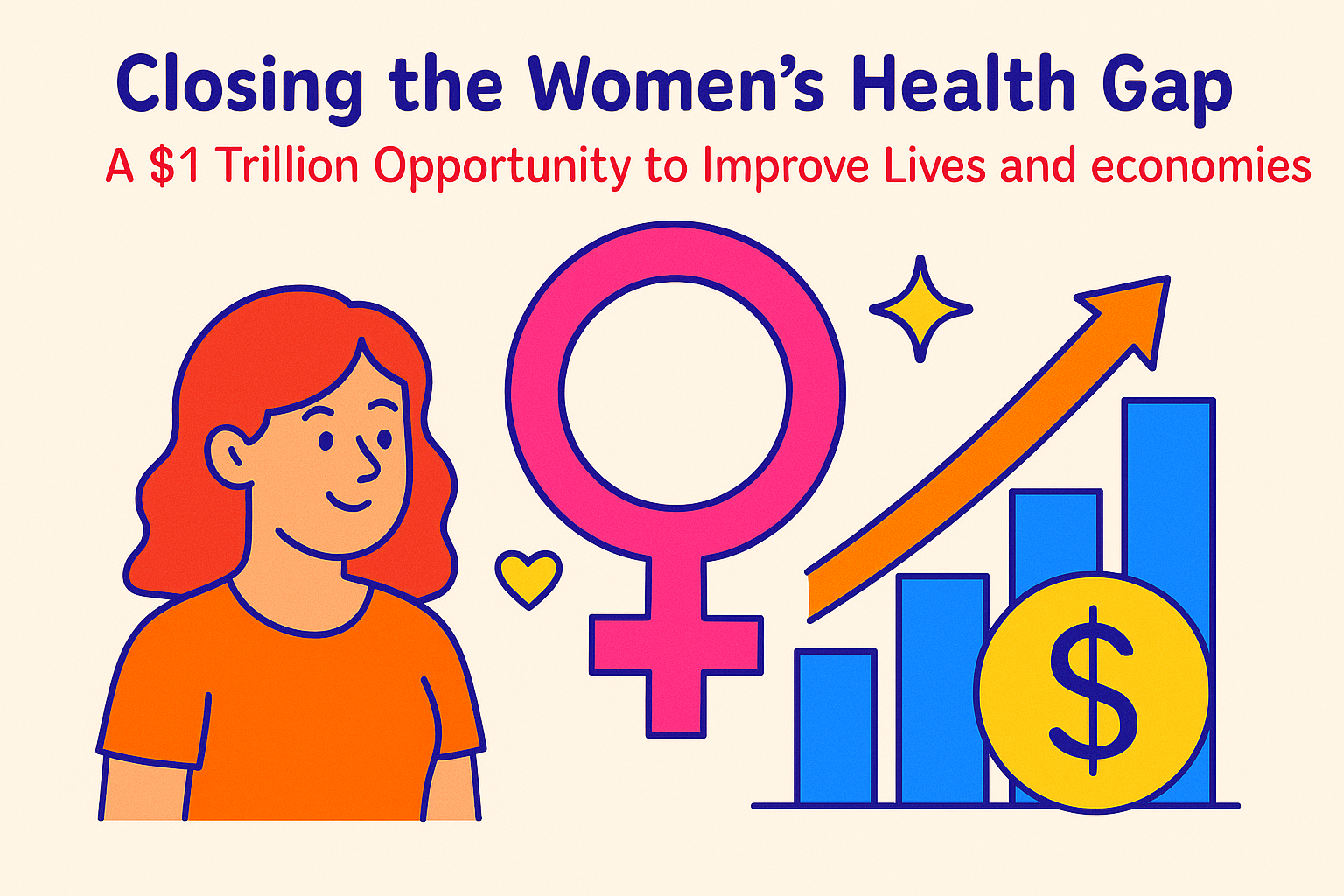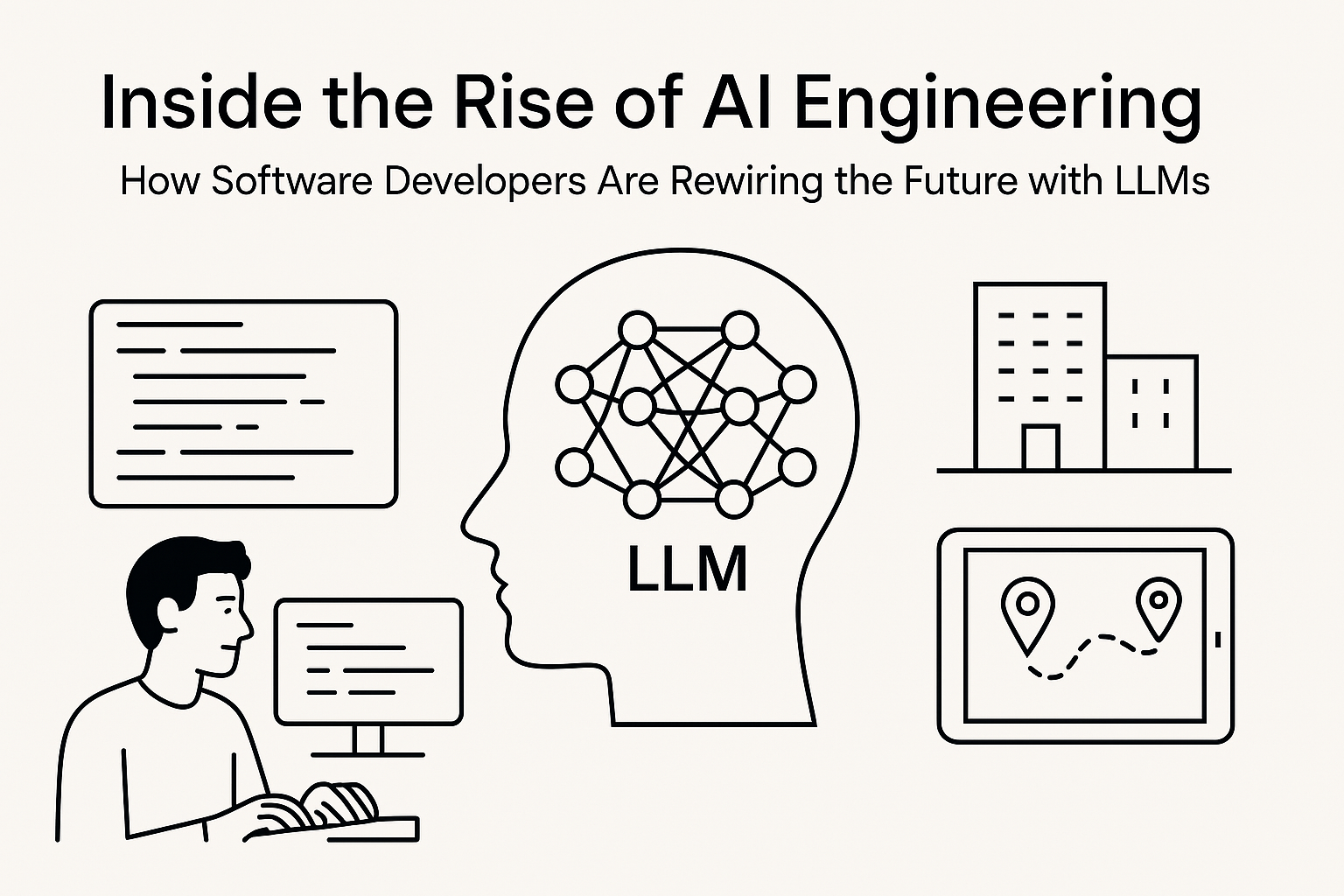The world is traveling again. Not cautiously. Not slowly. But with a vengeance. “Revenge travel” is what they’re calling it. Airports are buzzing, bookings are surging, and experiences are in demand like never before.
But travel’s old pain points are back too—delayed flights, missing bags, clunky apps, impersonal service. And in a world that has learned to expect magic from AI, the question is no longer if technology will transform travel. It’s how soon—and how completely.
We’re not talking about better chatbots or automated boarding passes. We’re talking about a grand redesign. One powered by artificial intelligence. One executed through Virtual Delivery Centers (VDCs) that bring deep tech and domain expertise into every interaction, in real time.
This isn’t an upgrade. It’s a rewrite.
Travel is arguably the most intimate global industry. No two people experience a destination the same way. That makes it a perfect candidate for AI’s biggest promise: hyper-personalization.
Generative AI changes the starting point. No more “Enter city, date, number of guests.” Instead:
“Planning a four-day trip to Rome with my parents in their 60s. They love art and quiet cafes. I need non-stop flights, accessible hotels, and skip-the-line tickets to the Vatican.”
That’s not a query. That’s a conversation. And with the right model behind it, it leads not to a thousand irrelevant options, but to a curated journey.
AI models learn from your digital breadcrumbs—searches abandoned, rooms skipped, amenities clicked. VDCs ensure this data turns into actionable recommendations, with engineering teams continuously optimizing prompt structures, retrieval engines, and experience orchestration.
The best AI doesn’t shout. It feels like the world just works better.
You land early. The hotel already knows. Your room is ready. The front desk greets you by name, asks how your last trip was, and already replaced your room with one that has the view you prefer.
That’s not a lucky coincidence. That’s AI-assisted orchestration of hospitality—powered behind the scenes by operational digital twins, workforce intelligence, and generative models designed and deployed through VDCs.
Even before you arrive, AI ensures planes are turned faster, gates are reassigned optimally, delays are predicted and preempted. The ballet of baggage, fueling, catering, and cleaning—once a black box of chaos—is now a symphony run on signals.
AI in travel isn’t theory. It’s happening—fast.
Airlines are using gen AI to predict maintenance issues and optimize crew scheduling.
Hotels are blending AI with human interaction to create seamless check-in, loyalty-based upgrades, and curated offers.
Online travel agencies (OTAs) are investing in conversational discovery and preference-mapped suggestions.
Cruise lines and railways are building experience flows powered by real-time, generative interaction models.
What’s new is the convergence: Generative AI + Real-Time Data + Cloud Infrastructure + Domain-Specific Engineering. That’s the formula.
And delivering this at scale needs something new: Virtual Delivery Centers that blend talent, tools, and workflows—globally distributed, on-demand, outcome-driven.
Let’s be honest—travel companies have always known personalization was the future. What they’ve lacked is the infrastructure to execute.
You can’t deliver a surprise upgrade or a route suggestion if your systems can’t see the customer’s context. You can’t offer personalized pricing if your architecture can’t support dynamic experimentation. You can’t respond fast if your engineering is bottlenecked by legacy roadmaps.
This is where the VDC model becomes transformative. It brings together:
Prompt engineers, data scientists, and model architects to fine-tune and deploy gen AI in context.
Designers and journey experts to map real customer flows and ensure delight.
DevOps and infra teams to integrate across channels, touchpoints, and platforms.
Delivery owners and testers to ensure that what’s built… just works.
All of it, on tap. Not as a 12-month project. But as a scalable delivery center in the cloud, with full visibility, control, and results.
The biggest misconception about AI in travel is that it replaces people. That’s not just untrue—it’s a dangerous myth.
Travel is, and will always be, human. But humans need tools. The concierge who remembers your child’s name. The flight attendant who knows your drink. The tour guide who has your preferences on hand.
AI doesn’t remove these moments. It amplifies them.
It turns frontline staff into superheroes. It removes friction, automates the mundane, and surfaces insights when they matter most. It brings the magic back.
Post-pandemic, travel is growing. But talent is harder to find. Training takes longer. Demand is more unpredictable.
Here again, AI steps in—not to replace, but to augment. VR-based simulations. Generative AI co-pilots in training modules. Real-time agent assistance via voice-to-text summarizers. Next-best-action nudges during service conversations.
All of these can be built, tested, refined, and scaled via VDCs—without requiring in-house teams to be overwhelmed or restructured.
The future of travel won’t be shaped by the biggest budgets. It will be shaped by the boldest experiments.
The winners will:
Shift from siloed innovation to system-wide orchestration.
Invest in modular AI systems that can scale across channels.
Partner with Virtual Delivery Centers to speed up deployment and reduce operational risk.
Focus on experience and infrastructure, knowing both matter.
They won’t just add AI. They’ll reimagine travel—with AI at the center.
Travel was always about wonder. About seeing the world anew. About joy, connection, discovery.
AI won’t change that. It will remove the noise so the wonder shines through again.
Let’s stop building for transactions. Let’s start building for moments.
And let’s power it not with bloated org charts and endless projects—but with Virtual Delivery Centers that deliver outcomes, not overhead.
The journey has already begun. The only question is: who will lead it?

Closing the women’s health gap could unlock $1 trillion in global economic impact. Explore how equity, innovation, and Virtual Delivery Centers (VDCs) can drive transformation in healthcare and prosperity for all.

Discover how software developers are transitioning into AI engineers, building real-world applications using LLMs. Dive into their tech stacks, challenges, and the rise of Virtual Delivery Centers (VDCs) powering this next wave of innovation.